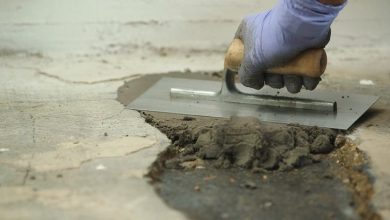What are the Most Common Electrical Defaults?

It’s important to know what the most common electrical defaults are because being able to identify them will help you make sure that your own electrical installation isn’t at risk of failing. The most common electrical defaults happen in two main areas of electrical installation.
First, you need to make sure that any extension cords you use are approved for permanent use and not just temporary use. Second, it’s essential that you don’t run any electrical circuits under carpets or rugs because this can result in the insulation getting crushed and breaking the circuit. That said, when a problem occurs, you should hire Mr. Glow for electrical fault detection sydney.
Here are some of the problems to experience in your electrical system:
● Wiring
The wiring in a home is designed to carry electricity from point A to point B. However, if you’re not careful, you can make your house into a dangerous path for electricity that flows from your outlets straight into your appliances and back again. That’s why it’s important to get an electrical inspection — or even just a DIY inspection — on new construction or whenever you want to buy or sell a home. This will help prevent short circuits and protect everyone who uses that space from getting electrocuted.
● Breakers
Faulty home circuit breakers account for a huge number of residential electric service outages. Most experts recommend changing your breaker or fuse once every two years, and always use high-quality products.
If you’ve noticed a problem with your electricity, don’t ignore it. While you may save a bit of money by leaving things alone, faulty breakers can lead to fires and other serious issues that end up costing more in the long run.
● Sizing the Circuit Breaker
Most circuits in residential homes have either 15 or 20 amp breakers. If you’re using several high-powered appliances, you may need to increase your capacity. Circuit breakers usually have amperage ratings printed on them, or they can be found in a wiring box diagram that will be located near your circuit breaker panel.
Consult Mr. Glow if you aren’t sure which one to choose. Don’t guess. Remember: just because there’s an empty slot on your circuit board doesn’t mean it can safely accommodate more power than it’s rated for — you could cause fire damage to your home and injure yourself.
● Amps and Watts
Electrical defaults for homes and businesses vary by region. A 220-volt circuit is capable of supplying twice as much power as a 110-volt circuit. If you’re looking for high power appliances, make sure your home can support them. So, Mr. Glow’s professional installation may be required.
● Fuses
Commonly used in residential and commercial buildings, fuses protect against overloads or short circuits. Fuses use metal alloys to interrupt current when they’re tripped. They break into two pieces — the metal alloy heats up and stops electricity from flowing through it. It is a good idea to have them installed in areas where you’ll have lots of power points like offices, stores, garages etc. to prevent any accidents caused by overloaded plugs.






